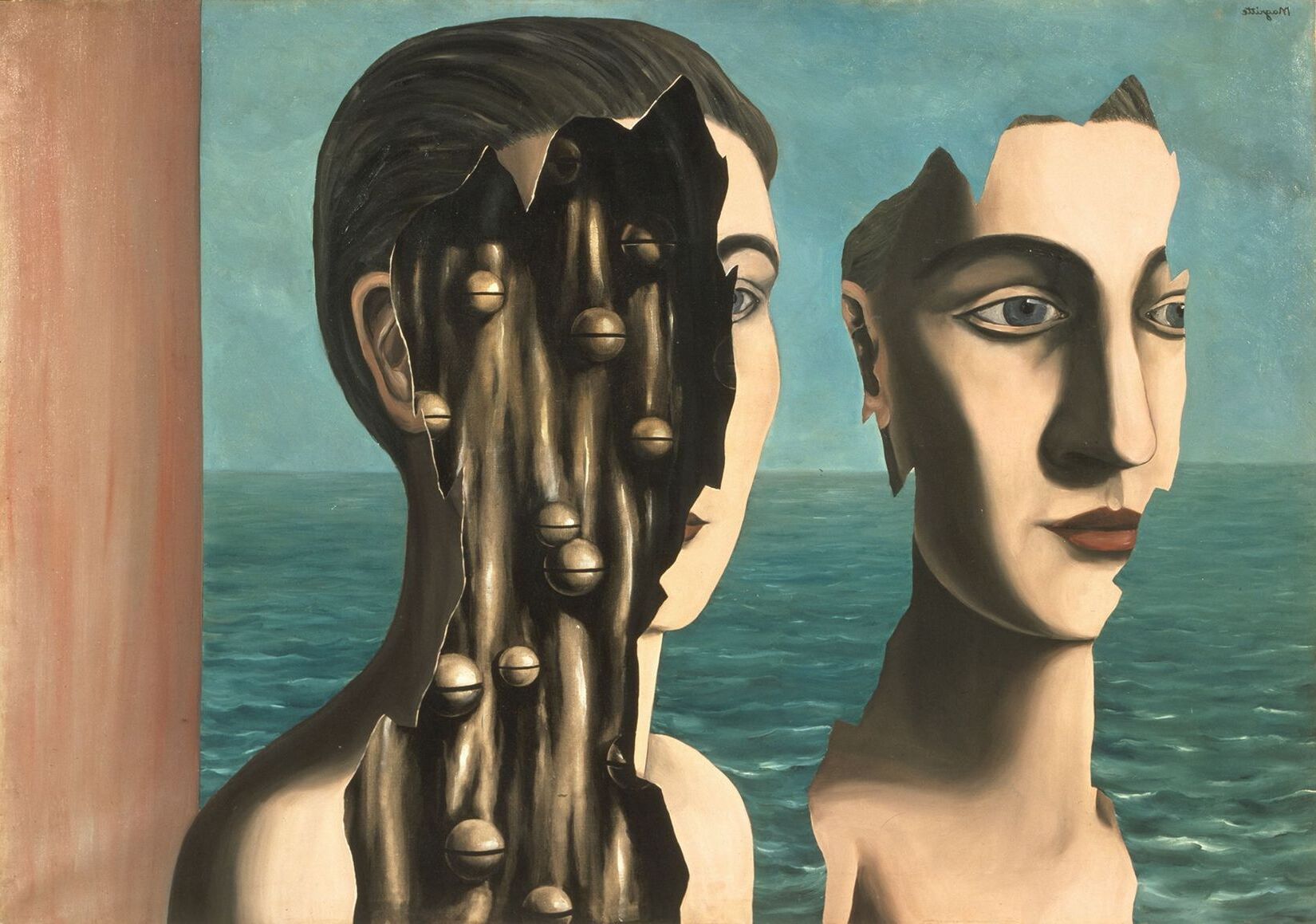
Surrealism art is a wild ride through the imagination, blending dreams with reality in ways that can boggle the mind. Born in the early 20th century, this movement aimed to unlock the creative potential of the unconscious mind. Ever wondered why melting clocks or floating objects appear in surrealist paintings? It's all about breaking free from the constraints of logic and reason. Artists like Salvador Dalí and René Magritte became icons by creating bizarre, thought-provoking pieces that challenge our perceptions. Surrealism isn't just about art; it's a way of seeing the world differently, making the ordinary extraordinary. Ready to dive into the weird and wonderful world of surrealism? Let's get started!
Key Takeaways:
- Surrealism art, born in the 1920s, challenged traditional norms and explored the unconscious mind, influencing literature, modern art, and popular culture worldwide.
- Key figures like Salvador Dalí and techniques like automatism shaped Surrealism, inspiring modern art, film, fashion, and even video games, leaving a lasting impact on popular culture.
Origins of Surrealism Art
Surrealism art emerged in the early 20th century, challenging traditional norms and exploring the unconscious mind. Here are some intriguing facts about its beginnings.
- Surrealism began in the 1920s as a cultural movement, primarily in Europe.
- André Breton, a French poet, is often called the "father of Surrealism."
- The Surrealist Manifesto was published by Breton in 1924, outlining the movement's principles.
- Sigmund Freud's theories on dreams and the unconscious heavily influenced Surrealism.
- Dadaism, an earlier art movement, paved the way for Surrealism by rejecting conventional aesthetics.
Key Figures in Surrealism
Several artists and writers played pivotal roles in shaping Surrealism. Their works continue to inspire and provoke thought.
- Salvador Dalí is one of the most famous Surrealist artists, known for his bizarre and dreamlike paintings.
- René Magritte created iconic images that challenge viewers' perceptions of reality.
- Max Ernst was a pioneer in using collage and frottage techniques in Surrealist art.
- Joan Miró blended abstract and Surrealist elements in his colorful, whimsical works.
- Leonora Carrington brought a unique, mystical perspective to Surrealism, often drawing on her own dreams and experiences.
Techniques and Styles
Surrealist artists employed various techniques to tap into the unconscious and create their distinctive works.
- Automatism involves creating art without conscious thought, allowing the subconscious to guide the hand.
- Frottage is a technique where artists rub a pencil or other medium over a textured surface to create patterns.
- Decalcomania involves pressing paint between two surfaces and then pulling them apart to create random designs.
- Exquisite Corpse is a collaborative drawing game where each participant adds to a composition without seeing the previous contributions.
- Dream imagery is a common theme, with artists depicting fantastical and often unsettling scenes inspired by their dreams.
Surrealism in Literature
Surrealism wasn't limited to visual arts; it also had a significant impact on literature.
- André Breton's novel "Nadja" is a key work of Surrealist literature, blending autobiography and fiction.
- Louis Aragon wrote "Paris Peasant," a Surrealist exploration of the city and its hidden wonders.
- Paul Éluard was a prominent Surrealist poet, known for his evocative and dreamlike verses.
- Robert Desnos used automatic writing to create spontaneous, surreal poetry.
- Antonin Artaud's "The Theatre and Its Double" introduced Surrealist ideas to the world of theater.
Surrealism's Influence on Modern Art
Surrealism has left a lasting legacy, influencing various art forms and movements.
- Abstract Expressionism drew on Surrealist techniques like automatism to explore the subconscious.
- Pop Art often incorporated surreal elements, blending reality with fantasy.
- Contemporary artists like Jeff Koons and Damien Hirst have been inspired by Surrealist themes and methods.
- Film directors such as David Lynch and Tim Burton use surreal imagery to create their unique cinematic styles.
- Fashion designers like Elsa Schiaparelli incorporated Surrealist motifs into their clothing and accessories.
Surrealism Around the World
While Surrealism began in Europe, it quickly spread and took root in various cultures.
- Mexico became a hub for Surrealist artists, including Frida Kahlo and Diego Rivera.
- Japan saw the rise of Surrealist photography, with artists like Kansuke Yamamoto pushing boundaries.
- Egyptian Surrealists like Ramses Younan blended local traditions with Surrealist ideas.
- Latin American Surrealism flourished with artists like Remedios Varo and Wifredo Lam.
- Eastern Europe produced notable Surrealists, including Czech artist Toyen and Polish painter Jindřich Štyrský.
Surrealism in Popular Culture
Surrealism's impact extends beyond the art world, permeating various aspects of popular culture.
- Music videos often use surreal imagery, with artists like Björk and Lady Gaga embracing the style.
- Advertising sometimes employs surreal elements to create memorable and striking campaigns.
- Video games like "Silent Hill" and "Bioshock" incorporate surreal environments and narratives.
- Graphic novels and comics, such as Neil Gaiman's "The Sandman," draw on Surrealist themes.
- Television shows like "Twin Peaks" and "The Twilight Zone" use surreal storytelling to captivate audiences.
Surrealism's Lasting Impact
Surrealism has left a huge mark on the art world and beyond. Its unique blend of dreamlike imagery and unexpected juxtapositions continues to inspire artists, filmmakers, and writers. The movement challenged traditional norms, pushing boundaries and encouraging creative freedom. Icons like Salvador Dalí and René Magritte remain influential, their works still captivating audiences.
Surrealism's emphasis on the subconscious mind opened new avenues for exploring human psychology. It also paved the way for other avant-garde movements, proving that art could be both thought-provoking and visually stunning. From fashion to advertising, surrealist elements pop up everywhere, showing its lasting relevance.
Understanding surrealism enriches our appreciation of art's potential to challenge perceptions and evoke deep emotions. It reminds us that creativity knows no bounds, encouraging us to look beyond the ordinary and embrace the extraordinary.
Frequently Asked Questions
Was this page helpful?
Our commitment to delivering trustworthy and engaging content is at the heart of what we do. Each fact on our site is contributed by real users like you, bringing a wealth of diverse insights and information. To ensure the highest standards of accuracy and reliability, our dedicated editors meticulously review each submission. This process guarantees that the facts we share are not only fascinating but also credible. Trust in our commitment to quality and authenticity as you explore and learn with us.


